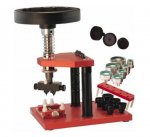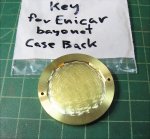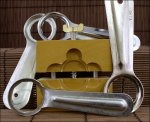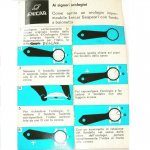Most of you probably are aware of it but there's a great little 3D CAD file that was uploaded a while back and mentioned on the WUS Enicar thread. I thought I'd re-highlight it here: http://www.thingiverse.com/thing:1263452
I'm going to get a bunch 3D printed and may make them available here for purchase to help fund the site
Steve
I'm going to get a bunch 3D printed and may make them available here for purchase to help fund the site
Steve





